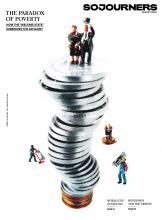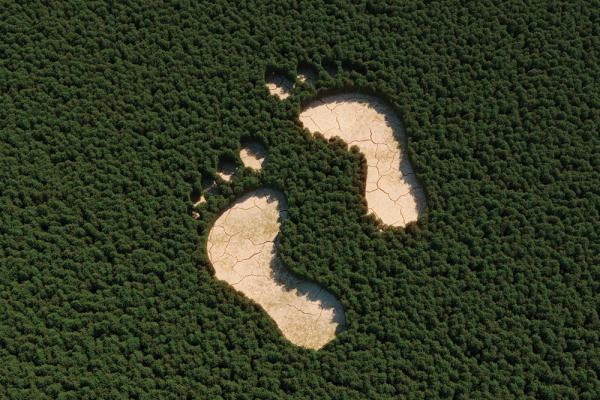IN COLOMBIA, the highest rainfalls in 40 years had reduced coffee production by nearly one-third at the end of 2022. In the United States, tornado deaths for the first quarter of 2023 were already nearing the annual average. In Jakarta, Indonesia, the government barrels forward with constructing a 29-mile sea wall to protect the city, which is sinking under rising sea levels.
Everywhere, the planet is changing. Land once known for certain weather patterns, flora, and fauna is becoming strange and unfamiliar. Ways of life forged from old patterns are crumbling. Communities scramble to find new ways to farm, fish, graze, and live in what increasingly feels like uncharted territory.
Many have taken up the language of grief and loss to guide us through this turbulent era. Australian philosopher Glenn Albrecht even coined the term “solastalgia,” which describes “the homesickness you have when you are still at home.” We long for the forests and meadows of our childhoods, alive with spring peepers and monarch butterflies, which today seem diminished or have completely disappeared, paved over by strip malls and subdivisions. The land that shaped us is still there, but it’s not the same.
Read the Full Article

